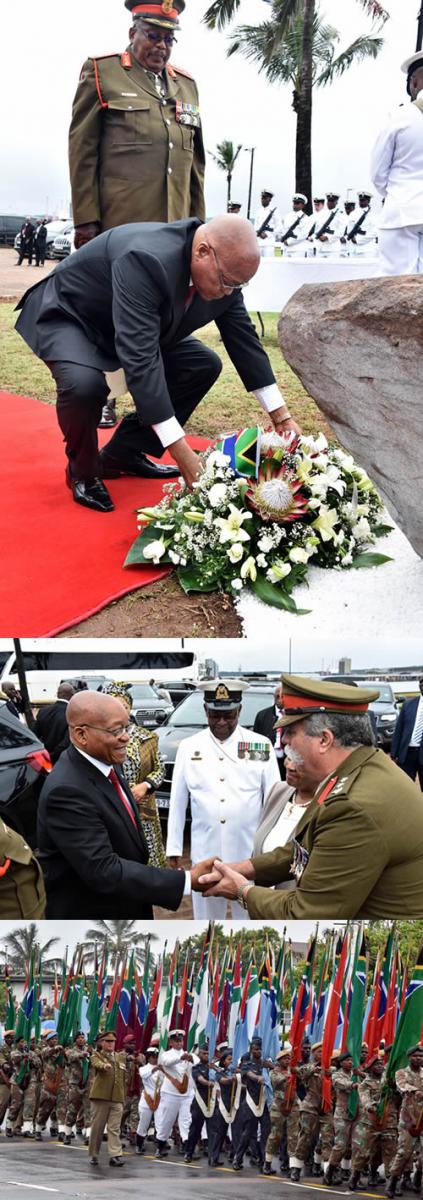South Africa marked the 100th anniversary of what has been described as one of the 20th century's worst maritime disasters in British waters. On 21 February 1917, a large cargo steamship, Darro, collided with the Mendi in the English Channel, south of the Isle of Wight. Mendi sank killing 646 people, most of them black South African troops.
 About 616 South Africans, 607 of which were black troops plus 30 crew members, mostly from Britain, died in the tragedy. About 139 of the soldiers who died were from the Eastern Cape.
About 616 South Africans, 607 of which were black troops plus 30 crew members, mostly from Britain, died in the tragedy. About 139 of the soldiers who died were from the Eastern Cape.
The SS Mendi was chartered by the British government as a troop carrier to serve in World War 1, carrying 823 members of the Fifth Battalion. They had completed 34 days of the voyage from Cape Town to England, and were on their way to France to the war when tragedy struck in the English Channel.
South Africa took the opportunity to mark the tragedy during Armed Forces Day last month. The day is held annually to display the country’s military prowess, so it was a fitting tribute to the troops whose lives were lost in pursuit of a better world at peace with itself.
Addressing the crowds during the event held at Moses Mabhida Stadium in Durban, President Jacob Zuma paid homage to the troops who lost their lives a century ago to the day.
“Black people had volunteered to join the First World War in order to fight against fascism. They were ahead of their time. They were internationalists who loved peace and justice.
“They also joined the war believing that their contribution would lead to better treatment back home after the war by the colonial masters.
“Unfortunately their sacrifice did not earn them any respect from the rulers of the time. They were not allowed to carry weapons and were to be utilised as labourers rather than as fighting soldiers. They were also never decorated or awarded any medals at the end of the war.
“That is the painful history we come from, a history of brutal and blatant racism and colonialism,” said President Zuma.
President Zuma said Armed Forces Day should be understood in the context of promoting a better understanding of the South African National Defence Force (SANDF).
“It provides an opportunity to promote better understanding of the SANDF and its role in the consolidation and defence of our democracy and our people… Through the Military Skills Development System, the SANDF has continued to recruit healthy and fit young people to join the South African National Defence Force.
“They can be artisans, doctors, nurses, engineers and whatever they want to be within the Armed Forces. Over the past three years, the SANDF has recruited over 11 000 young people.”
President Zuma said the SANDF has trained 6 000 students, who are part of the National Rural Youth Service Corps.
Locals were pleased that Armed Forces Day was commemorated in their city.
“I am happy that today I was able to see the army and what they are capable of doing. I have also learnt a lot from this event,” said Mzwakhe Nkambule from KwaMashu.
Jabulani Skhakhane from Stanger said it was important for people to know what the army does. “We need the army to protect us.”
The event was marked by a SANDF parade by all spheres, a flypast and demonstration of military vehicles.



 Facebook
Facebook Twitter
Twitter WhatsApp
WhatsApp